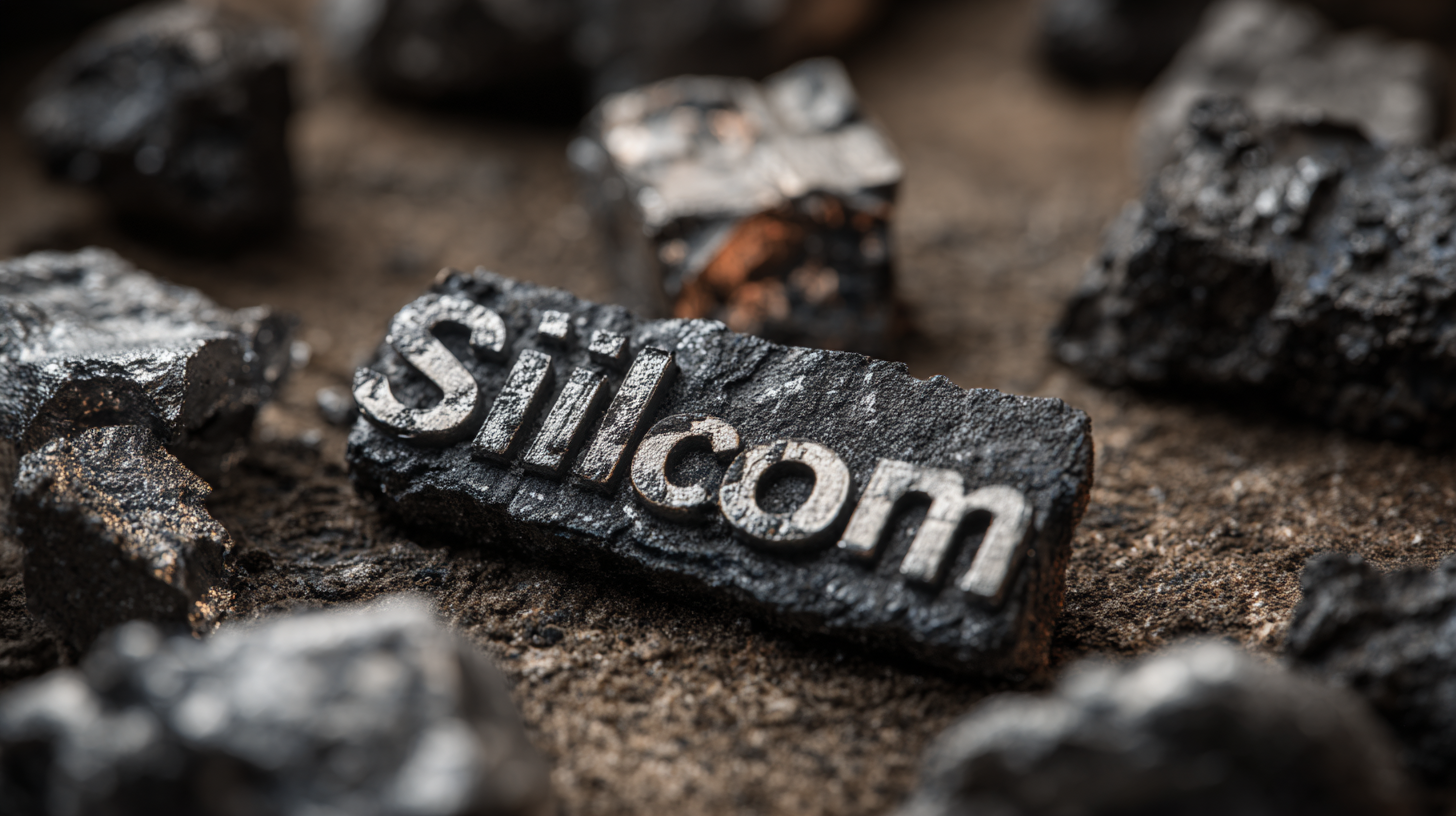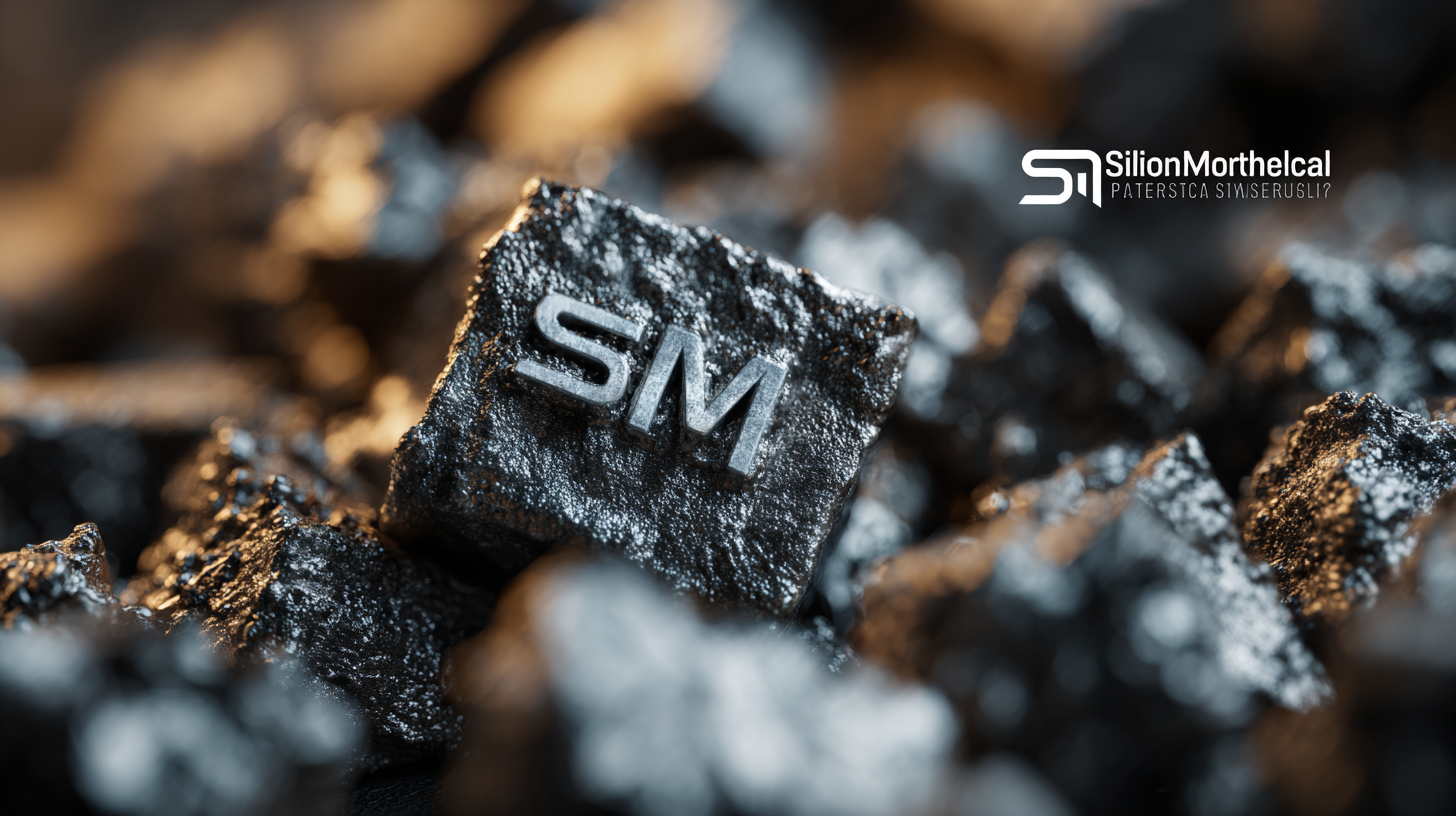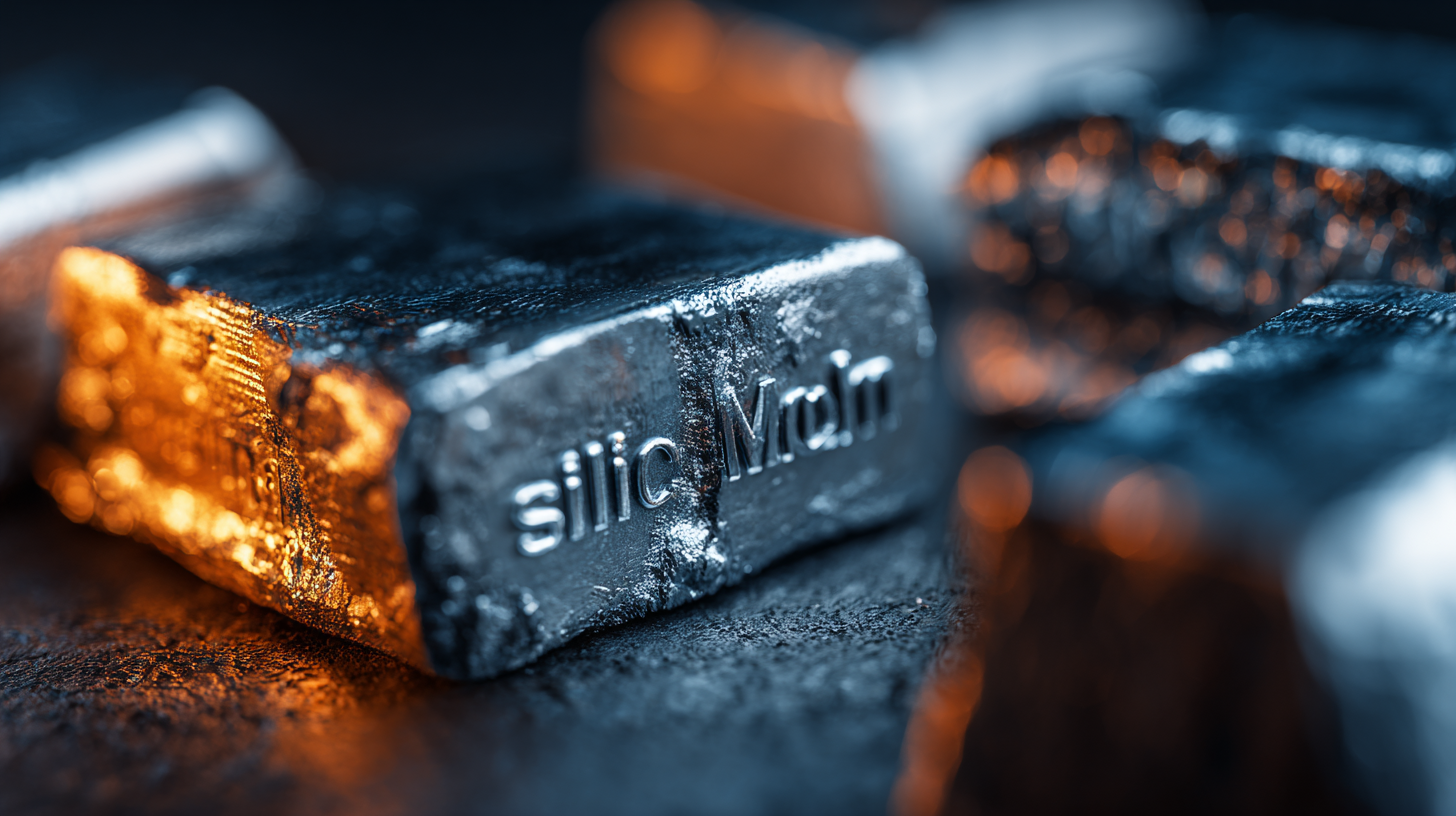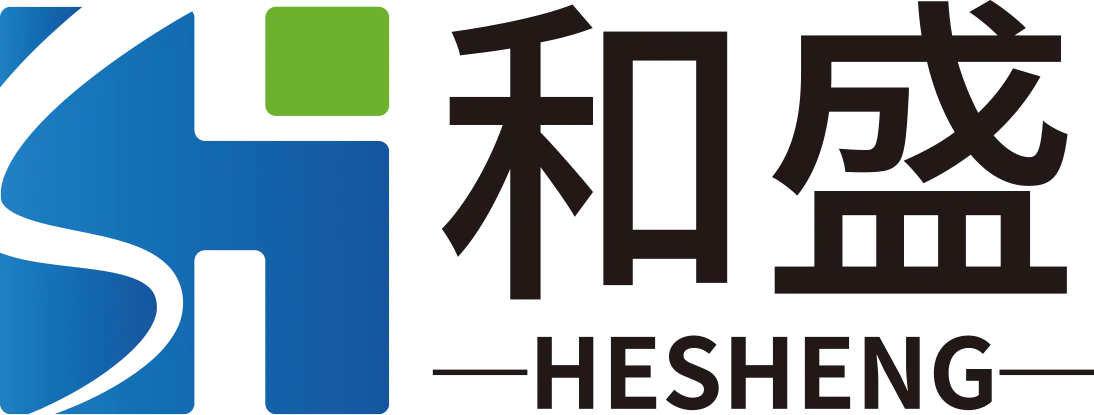Leave Your Message
In the rapidly evolving landscape of the silicon metal industry, understanding the trends and strategies of key market players is crucial for optimizing sourcing efforts. As demand for silicon metal continues to surge, driven by its critical role in renewable energy technologies and advanced electronics, projections indicate significant growth in production capacities.
According to a recent report by the International Silicon Metal Association, global production is expected to reach approximately 2.5 million metric tons by 2025, reflecting an annual growth rate of 7%. This makes it imperative for companies to navigate the intricate dynamics surrounding Silicon Metal Producers, ensuring they align their sourcing strategies with market forecasts and technological advancements.

As we delve into the best practices for optimizing sourcing in this sector, we will explore how innovation and strategic partnerships can enable organizations to secure their supply chain and enhance competitiveness in the years ahead.
High-quality silicon metal has become an essential component across various industries, particularly in the renewable energy sector. As markets evolve, understanding the role of silicon within technologies such as photovoltaics and aluminum alloys is crucial. With significant growth in solar energy demand, silicon is being hailed as a foundational element for the "silicon energy" ecosystem, presenting unique sourcing opportunities for producers and manufacturers alike.
The recent advancements in futures trading for industrial silicon and polysilicon further highlight the significance of this material. The establishment of futures contracts serves not only to stabilize prices but also to encourage sustainable sourcing strategies among producers. Companies can navigate market fluctuations and optimize their procurement processes effectively by engaging with these financial instruments. As we approach 2025, focusing on high-quality silicon metal will undoubtedly be imperative for industries aiming to enhance their production capabilities and contribute to a greener economy.
The silicon metal market is poised for significant changes by 2025, driven by several key trends. One of the most notable trends is the growing demand for silicon in renewable energy applications, particularly in solar panels and electric vehicles. As the world shifts towards sustainable energy solutions, manufacturers are increasingly seeking high-purity silicon metals to enhance the efficiency of their products. This trend not only fuels demand but also pushes producers to innovate their methods and invest in cleaner, more efficient production technologies.
Another important trend shaping the silicon metal landscape is the geographic diversification of production. While traditional producers have dominated the market, new players from regions such as Asia and South America are emerging, offering competitive pricing and innovative manufacturing techniques. This diversification allows for more strategic sourcing options, enabling businesses to optimize their supply chains. As companies adapt to navigate this evolving landscape, understanding these trends will be crucial for making informed decisions in sourcing strategies and securing a reliable supply of silicon metal through 2025 and beyond.

When selecting top-notch silicon metal producers, companies should prioritize sustainability and efficiency in their sourcing strategies. The recent focus on sustainable practices in various industries, including mining and electric vehicle (EV) batteries, emphasizes the need for producers that align with these trends. For instance, industry reports indicate that the demand for sustainable sourcing in EV battery manufacturing is set to rise significantly by 2030, driven by consumer preferences and regulatory changes. This trend highlights the importance of choosing silicon metal suppliers who demonstrate a commitment to environmentally-friendly practices and have robust supply chains.
Moreover, analyzing producer capabilities based on defined criteria is essential for optimizing sourcing strategy. In the context of sustainable hydrogen production, selection criteria such as production efficiency, economic viability, and environmental impact play a critical role. Similarly, when evaluating silicon metal producers, companies should consider factors like production capacity, process innovation, and certifications related to sustainability. Reports suggest that companies with transparent operations and a track record of sustainable practices are likely to outperform their peers, making them more attractive partners in the evolving marketplace. As we approach 2025, aligning sourcing strategies with these industry trends will be crucial for success.
In navigating the intricate landscape of silicon metal suppliers, effective negotiation strategies are essential. The current climate, influenced by various global factors such as the COVID-19 pandemic and geopolitical tensions, requires companies to be more proactive in securing reliable partnerships. By forging alliances, similar to the recent collaboration between a major silicon metal provider and a prominent polysilicon company, manufacturers can stabilize their supply chains amidst unpredictability.

Tip 1: Begin negotiations with a comprehensive understanding of the market trends, including tariff impacts and material availability. Keeping abreast of developments, such as trade barriers and supply chain vulnerabilities, will enhance your position when discussing terms with suppliers.
Additionally, as industry dynamics shift due to the green energy transition, exploring long-term contracts can provide stability and cost predictability. The strategic use of these agreements allows companies to mitigate the risks associated with fluctuating prices and supply disruptions.
Tip 2: Be transparent about your sourcing needs and long-term goals. Suppliers are more likely to engage positively if they understand your commitment to a sustainable partnership that benefits both parties.
Lastly, remember that flexibility is key. Market conditions can change rapidly, and being open to adjusting terms based on evolving circumstances can lead to mutually beneficial outcomes. Establishing a cooperative approach can enhance trust and lead to better negotiations overall.
As the demand for silicon metal continues to rise, optimizing your supply chain becomes paramount for securing competitive advantage in the evolving market.
Best practices for sourcing silicon metal involve fostering strong relationships with reliable producers while utilizing data analytics to make informed decisions. Embracing a systems approach allows companies to evaluate their suppliers not just on price, but on sustainability and resilience, which are becoming increasingly important in today's supply dynamics.
Additionally, as seen in the growing importance of lithium-ion batteries and semiconductor procurement, integrating new technologies into your sourcing strategy can enhance efficiency.
Innovations in chip design and partnerships across industries signal a shift in how materials like silicon are sourced and utilized. By adapting to these trends and prioritizing a circular economy framework, businesses can better position themselves to navigate the complexities of the silicon metal market while meeting future demands.
